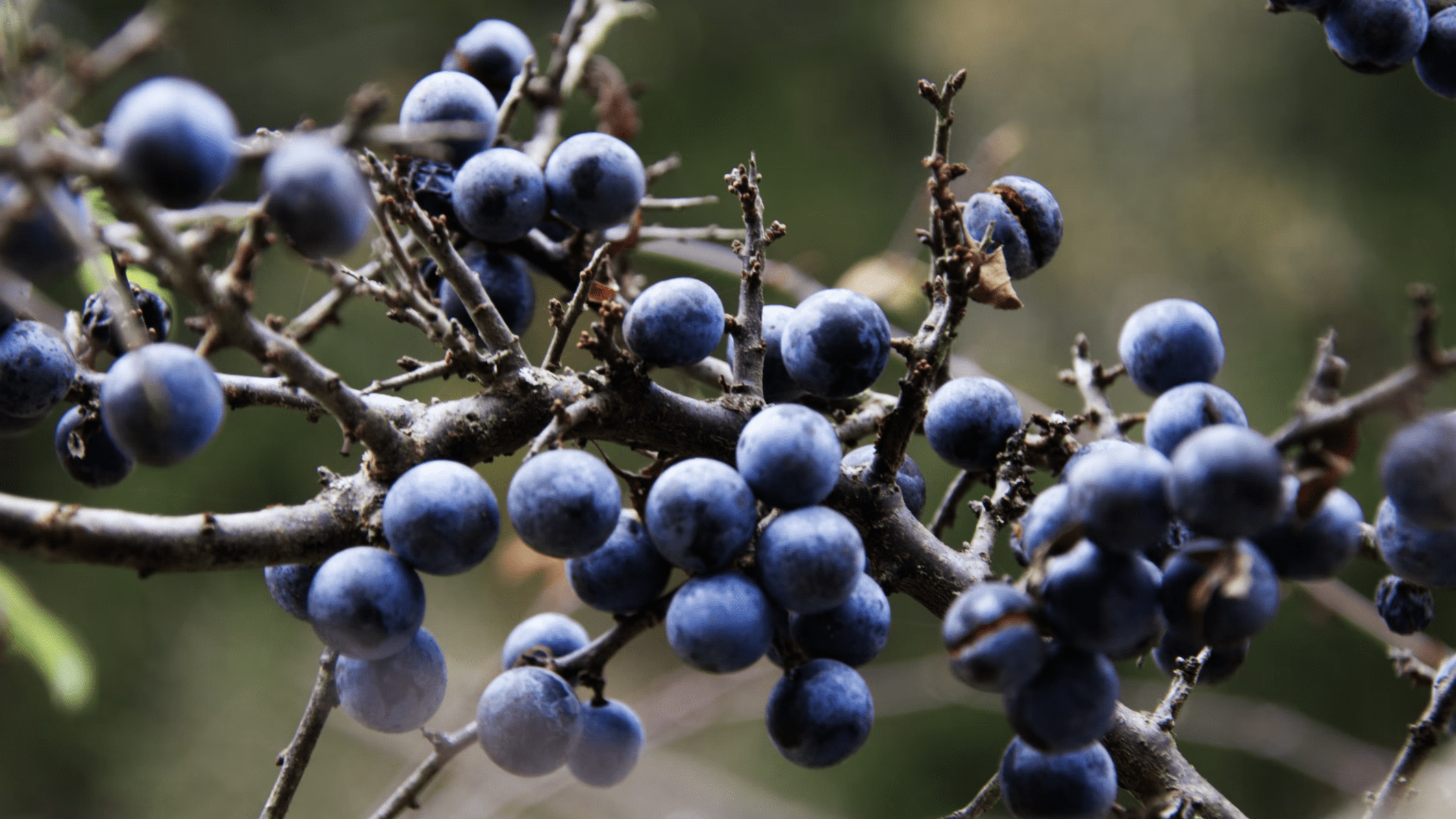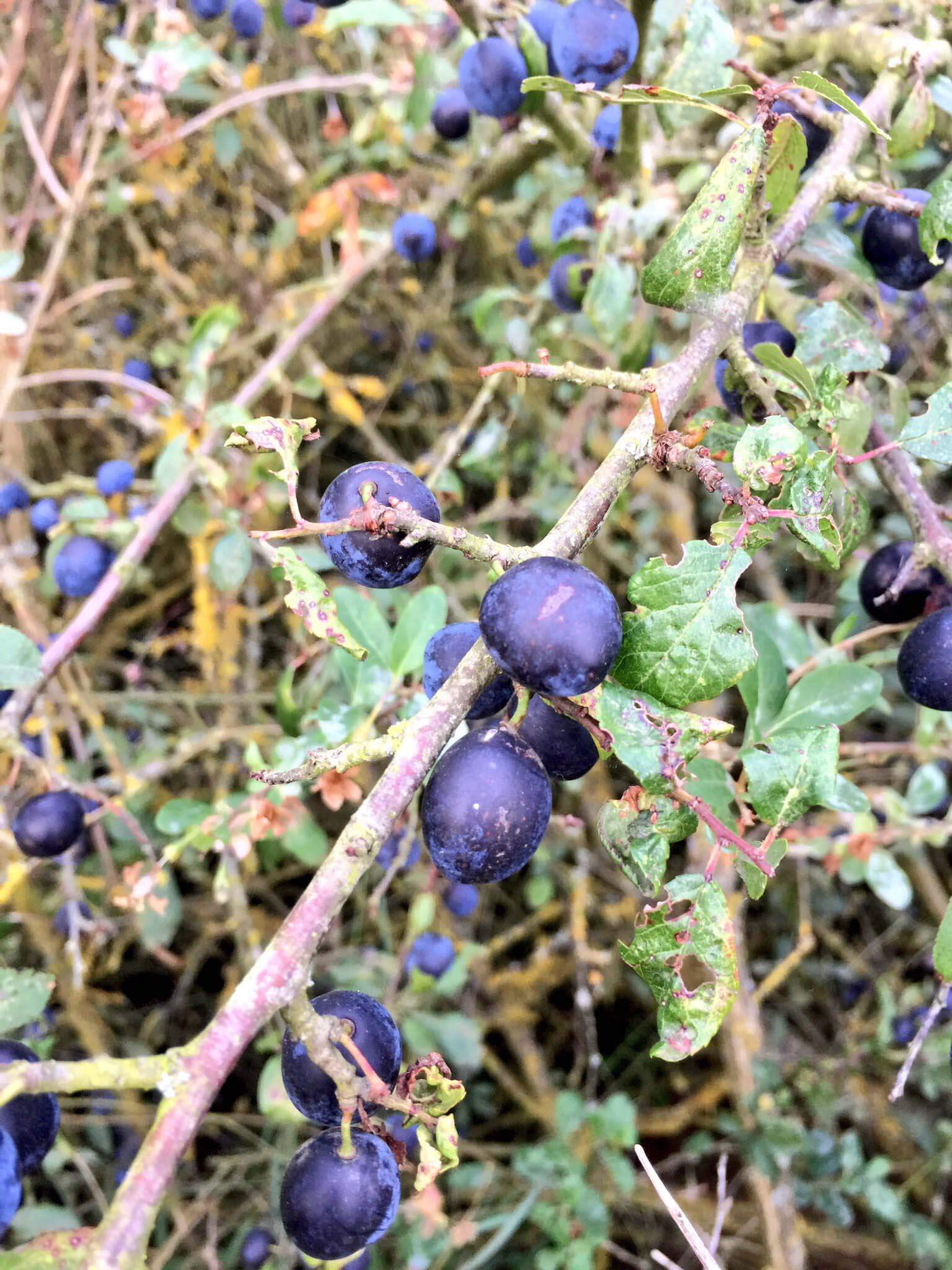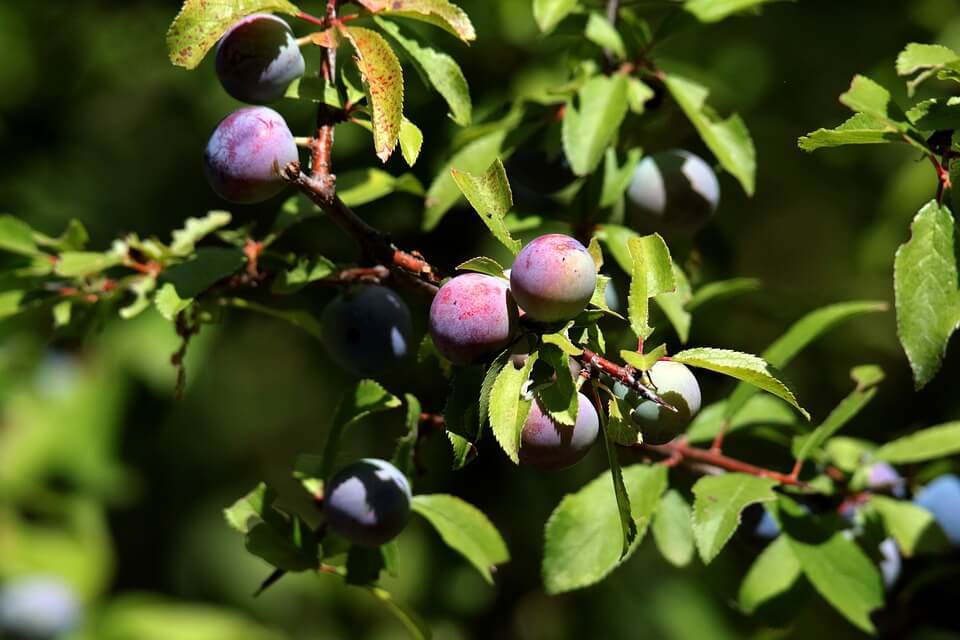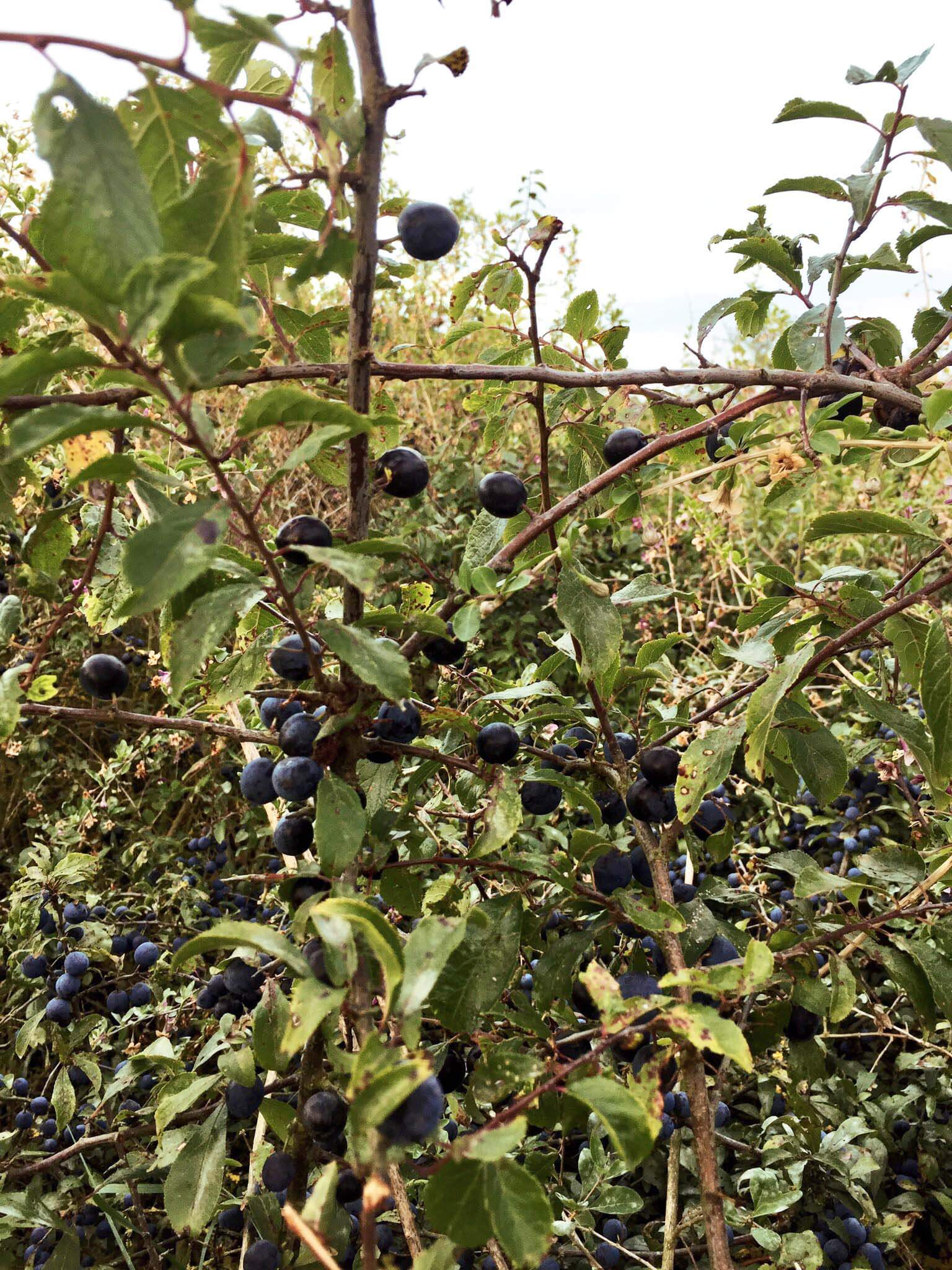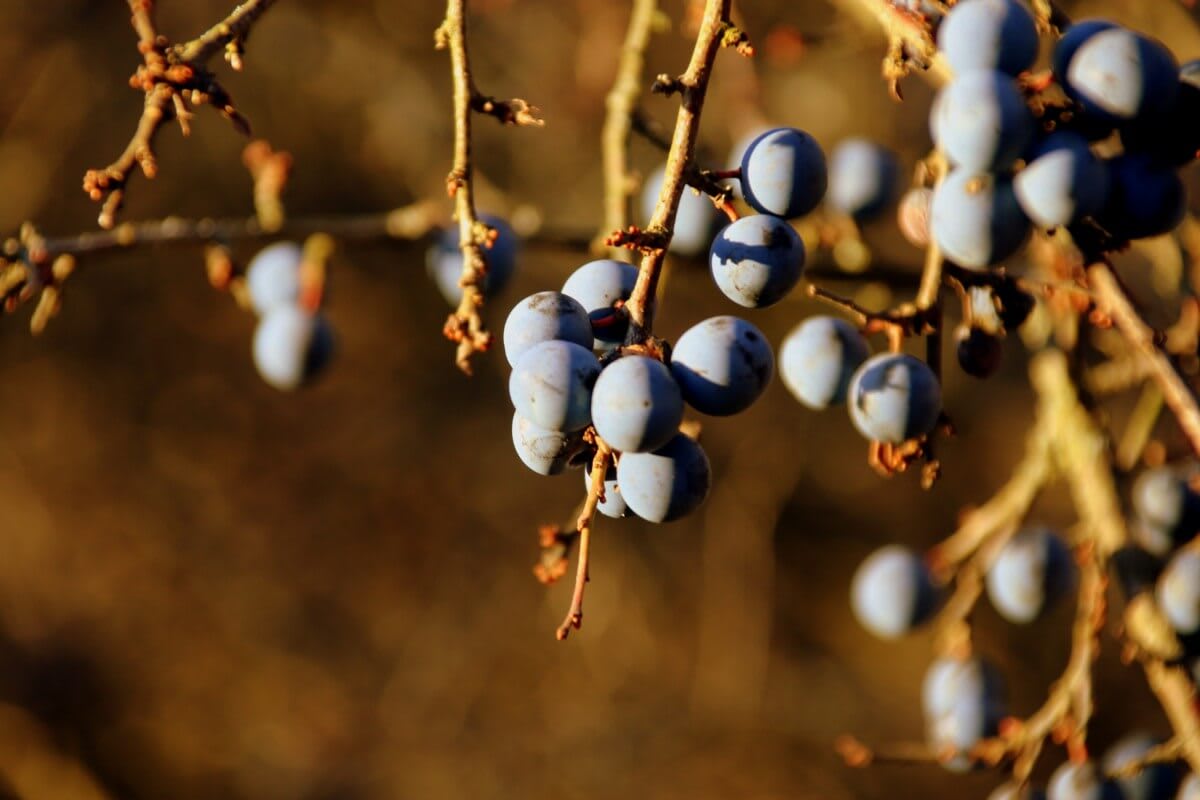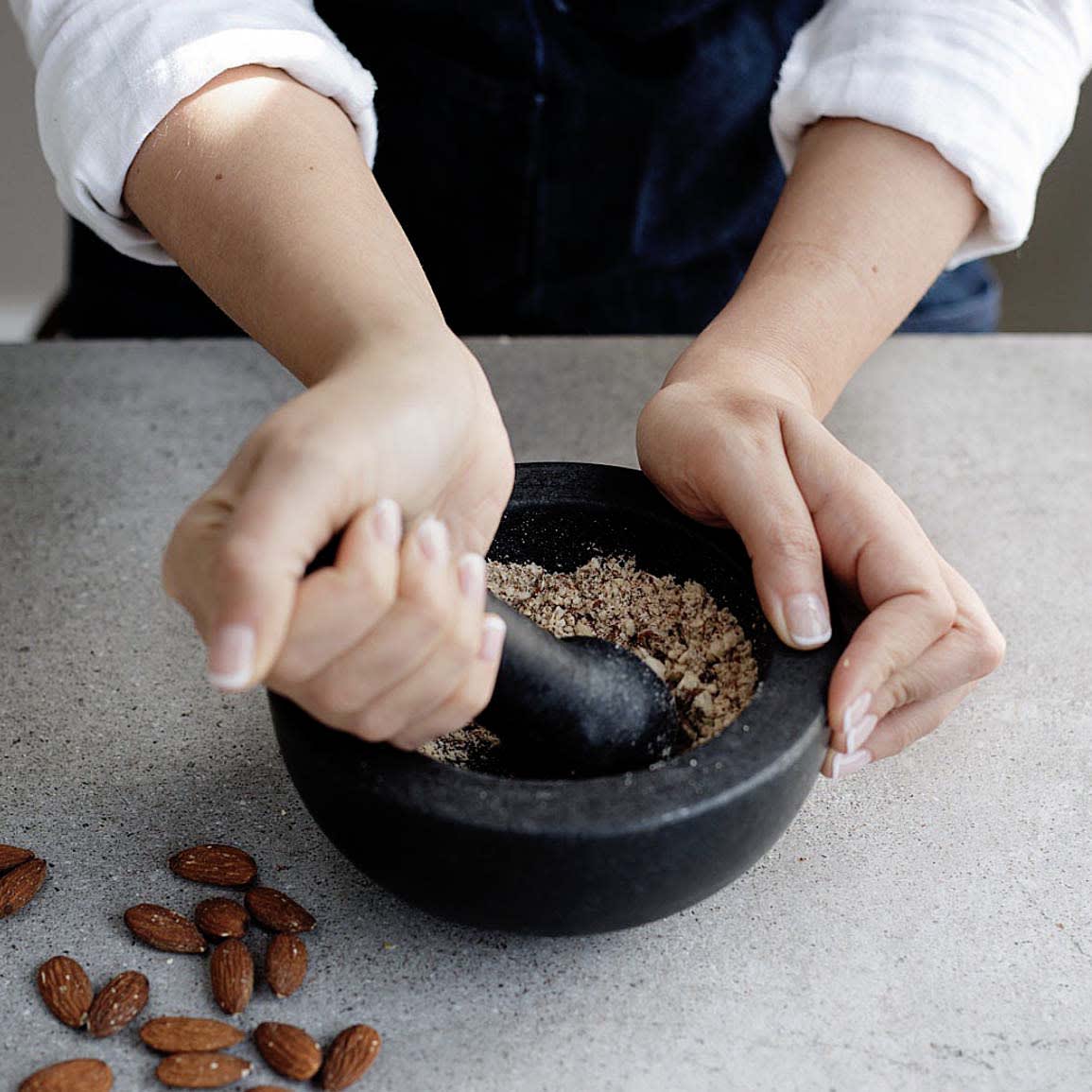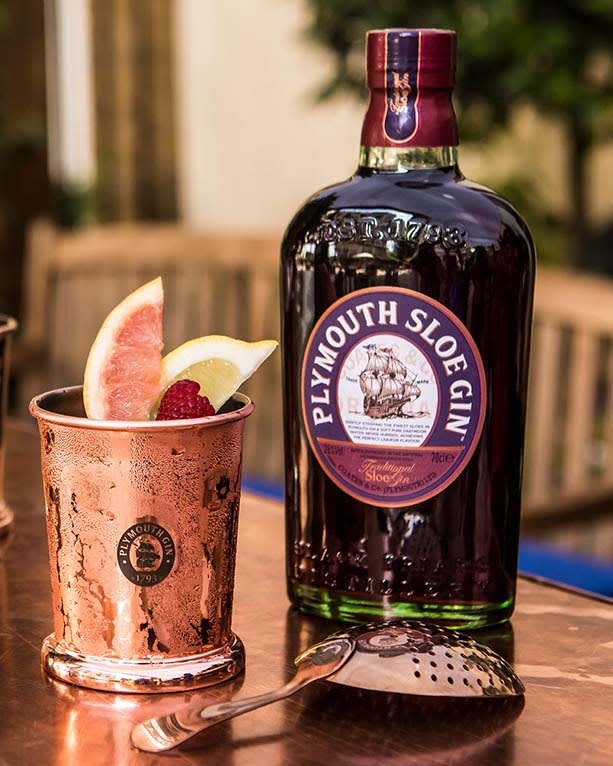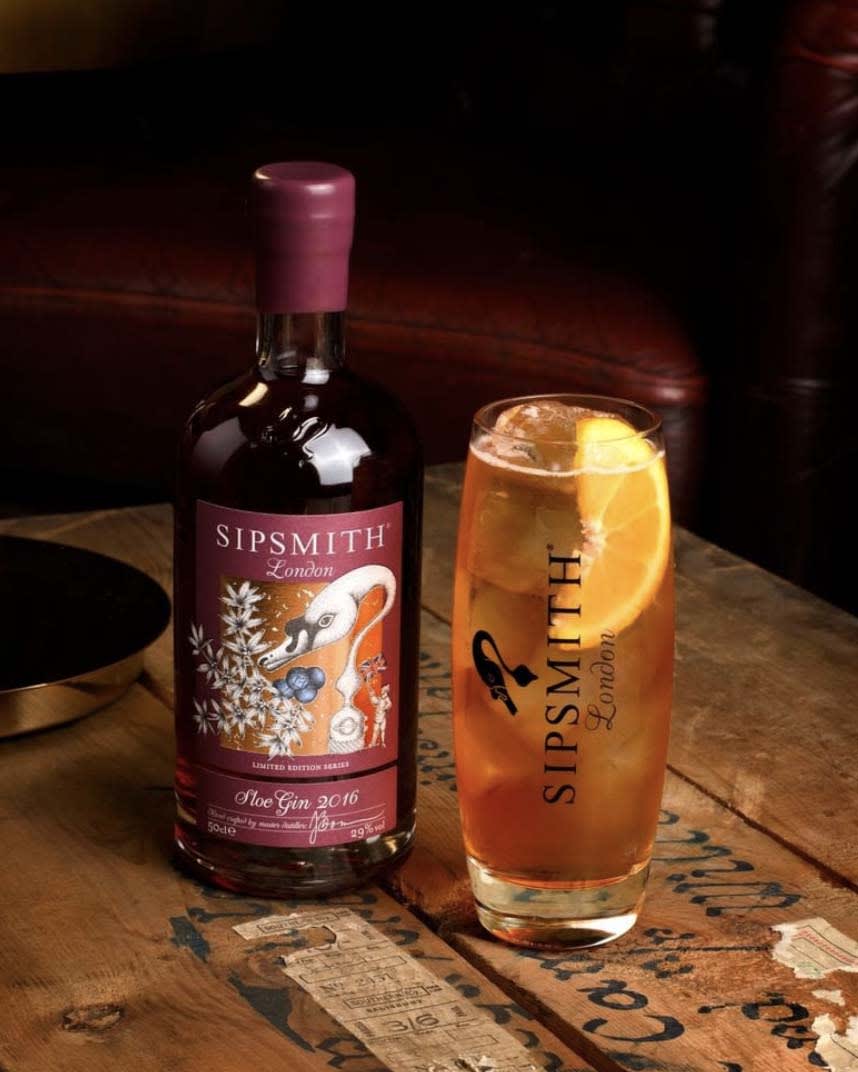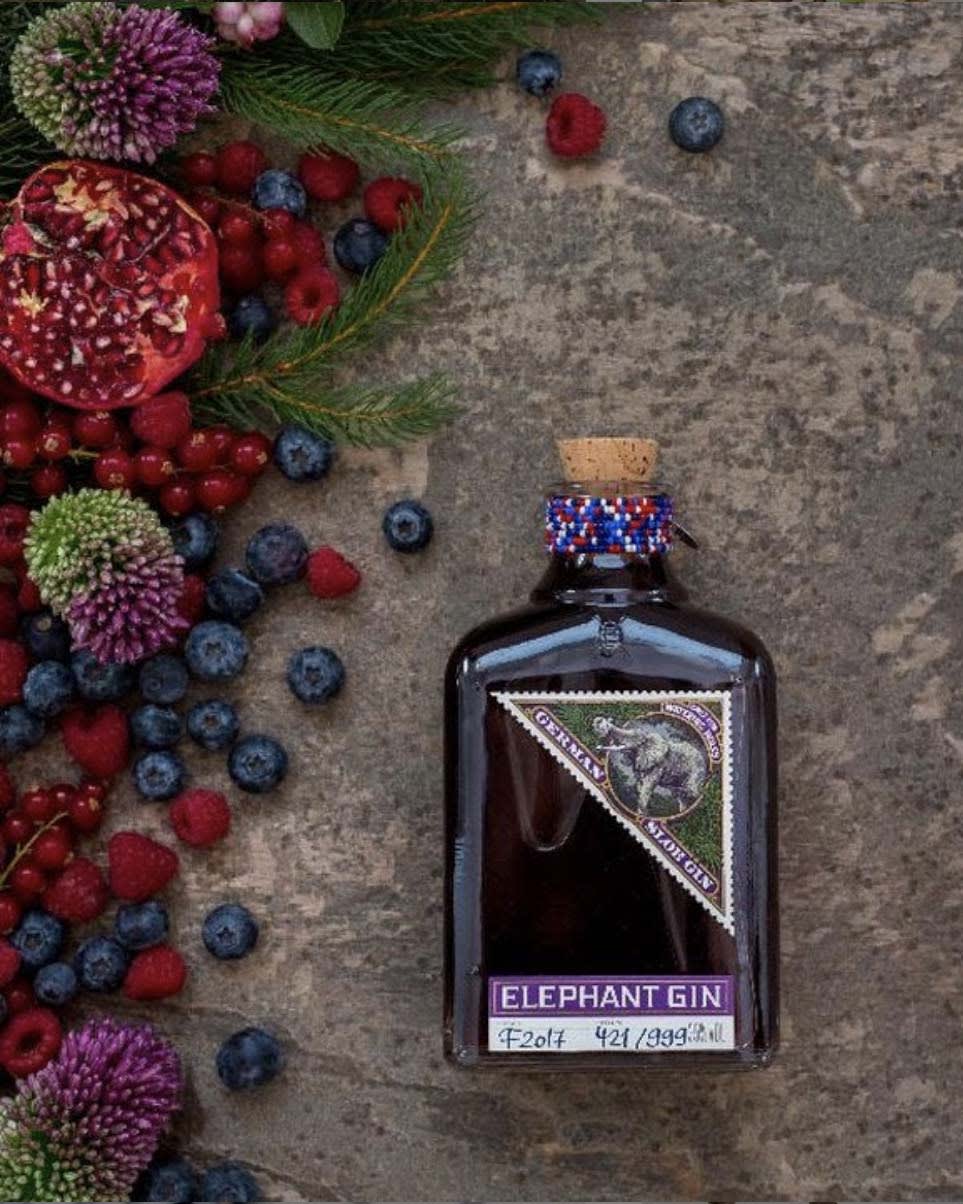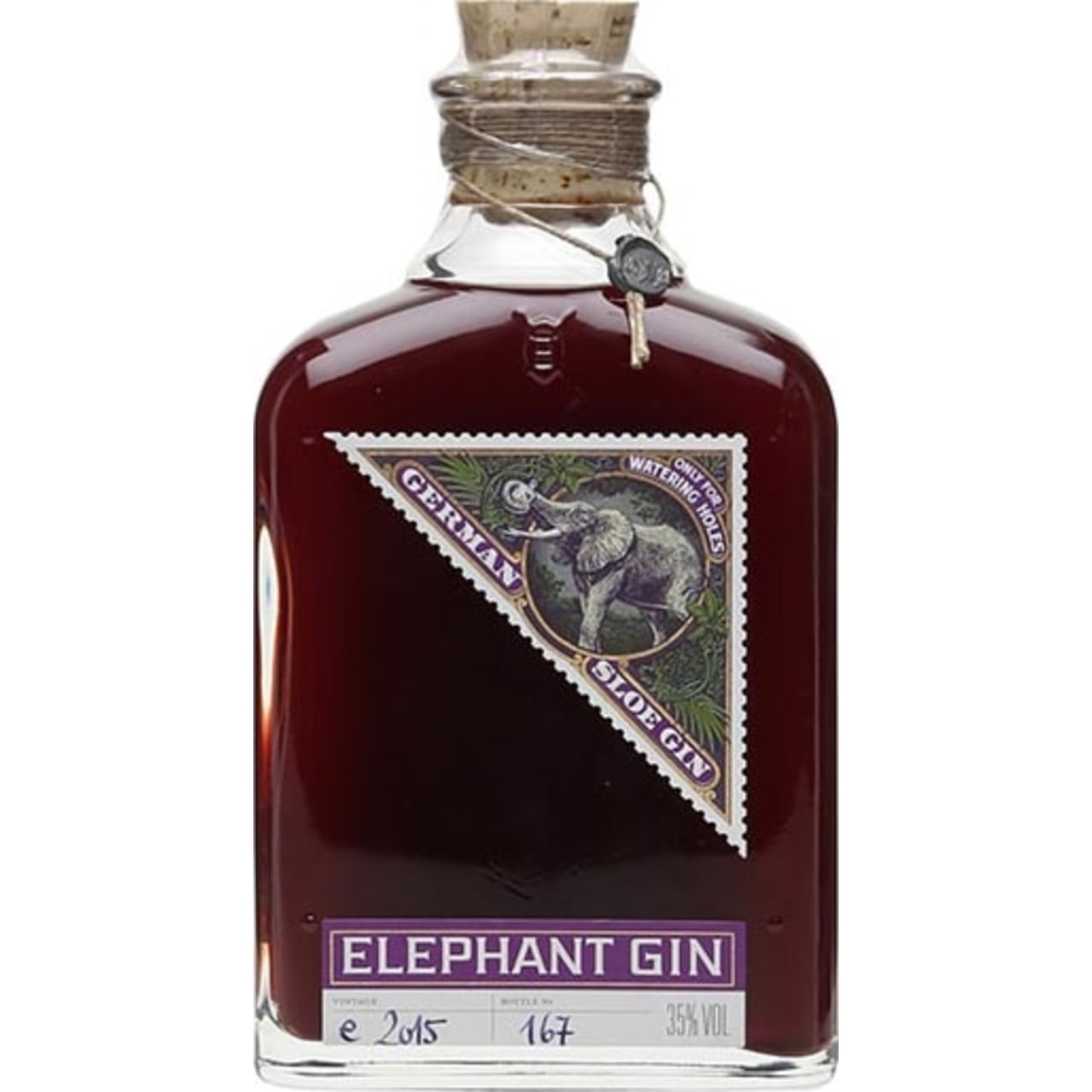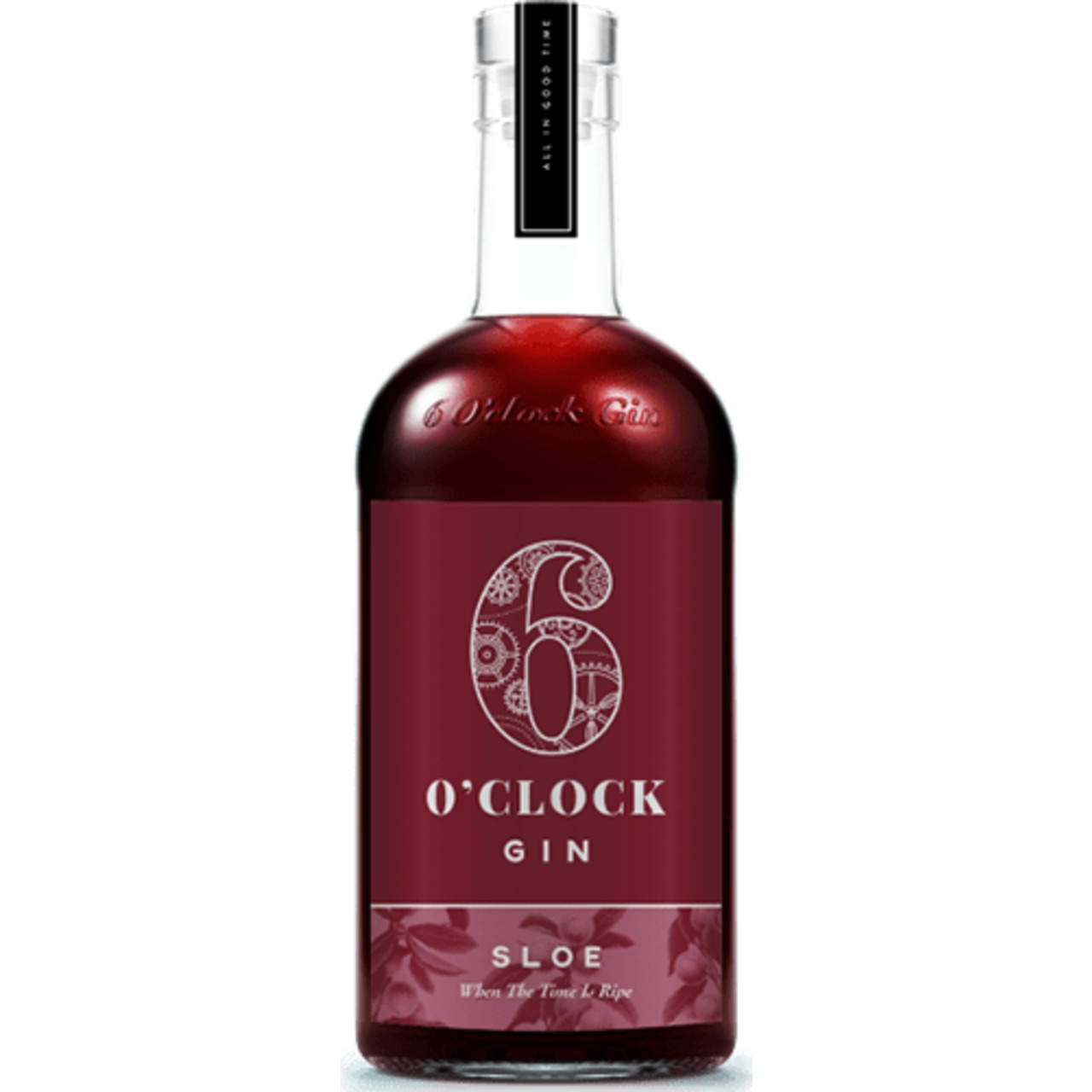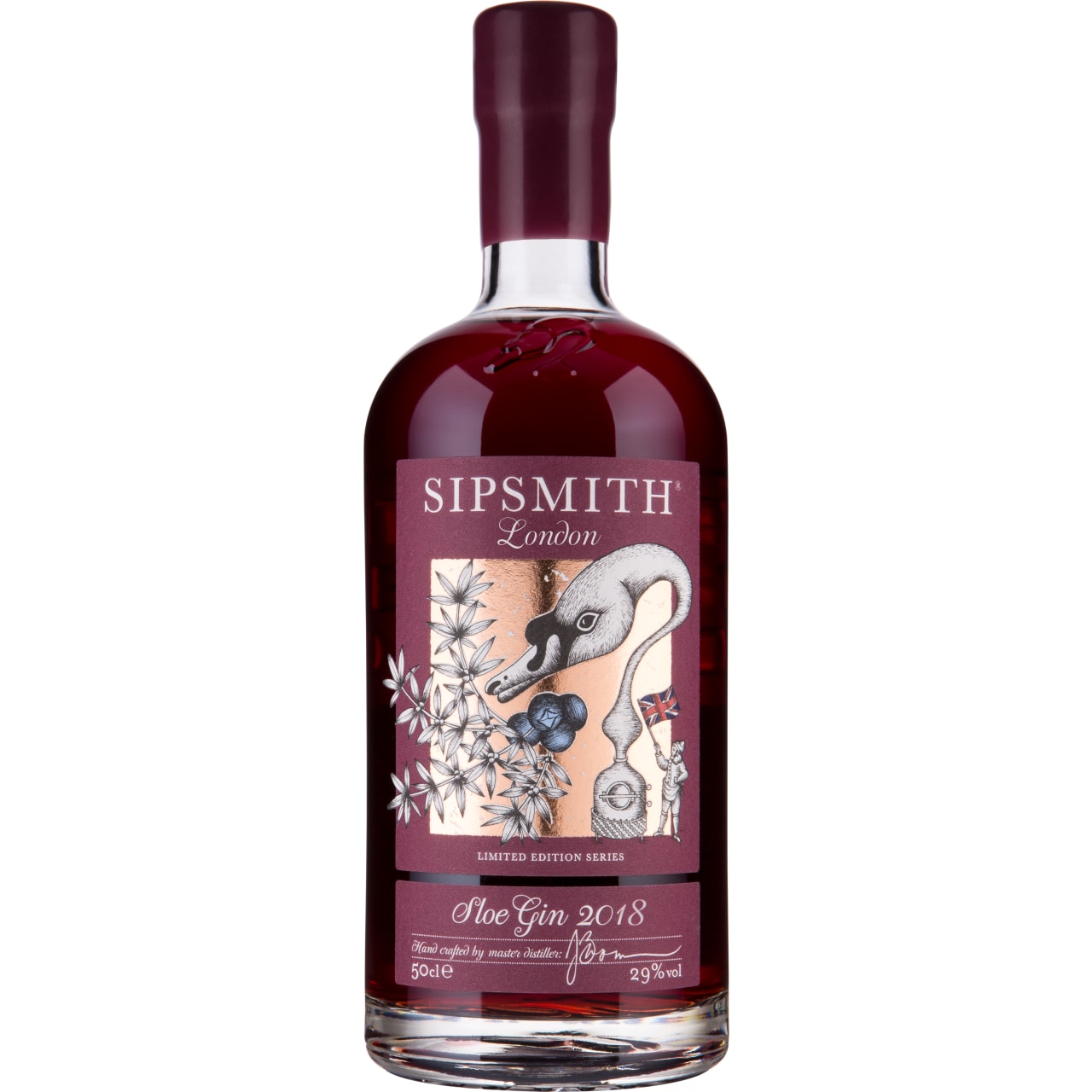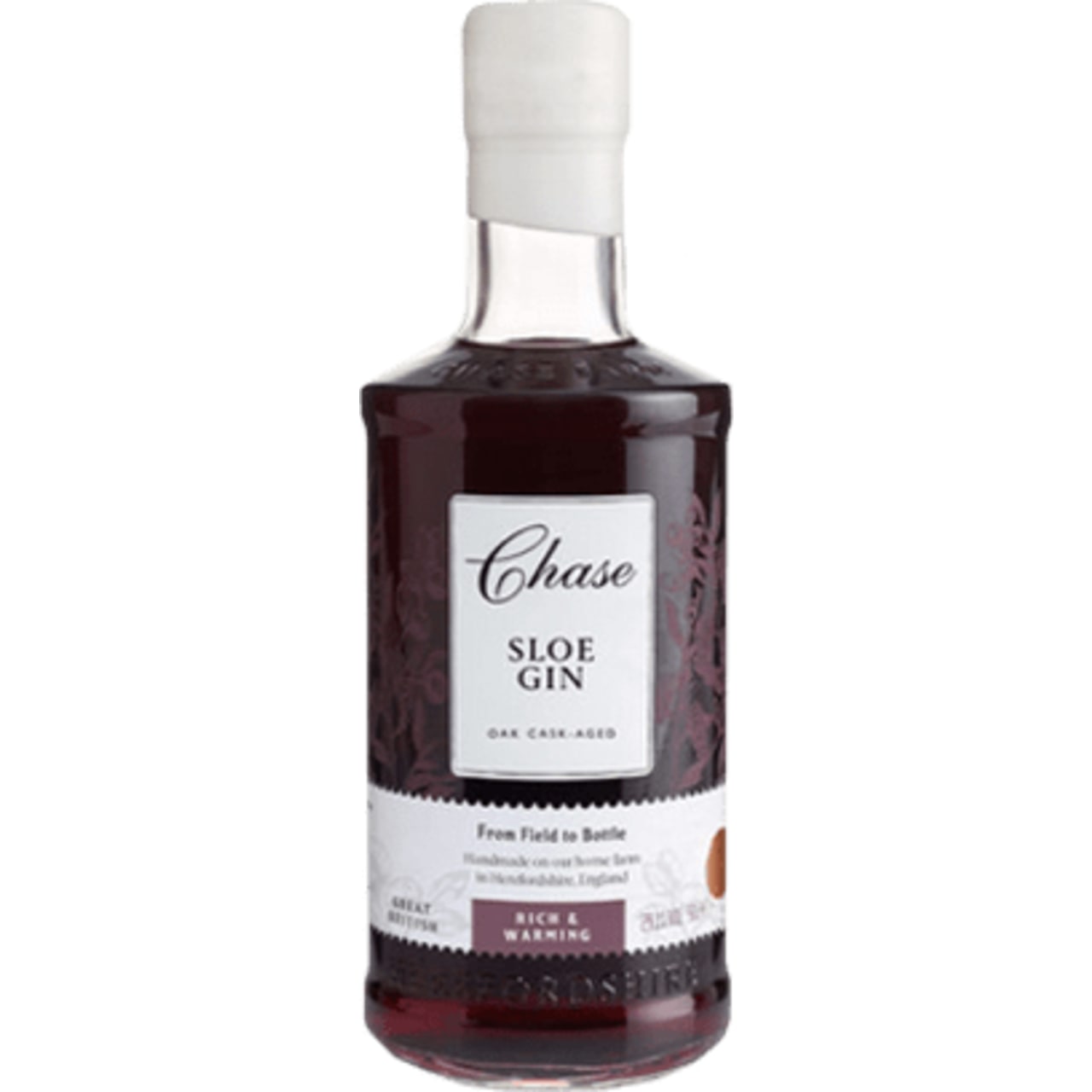Welcome to our How-to guide on Sloe Gin. We've covered everything you need to know for how to make yours at home, from identifying the plants all the way through to small tips to tweak the recipe to suit your preferences.
We've also added a few of the best Sloe Gins to serve up as inspiration, or for those who want to jump straight into the drinking part...
Each Autumn we keep one eye firmly gazed on the hedgerows waiting for the perfect moment to pluck Sloe berries and lather them with Gin.


We’ve made it in countless different ways to experiment with infusion, extraction and sweetening techniques, as well as out of curiosity to see if any of the old wife’s tales actually work.
Between the folklore and myth around Sloe Gin and the secrecy with which people guard their “sloe patches,” you’d be forgiven for thinking that Sloes were a are delicacy and that Sloe Gin was hard to make. Neither is true.
Here’s our guide to life in the sloe lane, and how you can make your own Sloe Gin infusion. We’ll be covering everything from start to finish, beginning with how to find berries before we share some of the top tips for pimping out your own recipes.
Sloe gin is both fun and easy, and with these simple instructions you can be making yours in no time.
For those who want to skip ahead to the drinking part, we’ve also got a curated list of the best brands for you, which may come in handy if your harvest isn’t as bountiful as you hoped…
A FEW GENERAL RULES OF FORAGING
Read up on the foraging rules in your local parks and green spaces before setting off, or at least make a concerted effort to find out if there are any. If you’re likely to be going on a farm or private property, get permission before you start picking. It takes two seconds to ask and saves a very heated conversation when you find out that you are not welcome and that they were deliberately saving them for themselves…
There is nowhere in the UK that doesn’t belong to someone (council / state or private), so it’s your responsibility to find out if you’ve got any rights, rather than theirs to announce that you don’t.
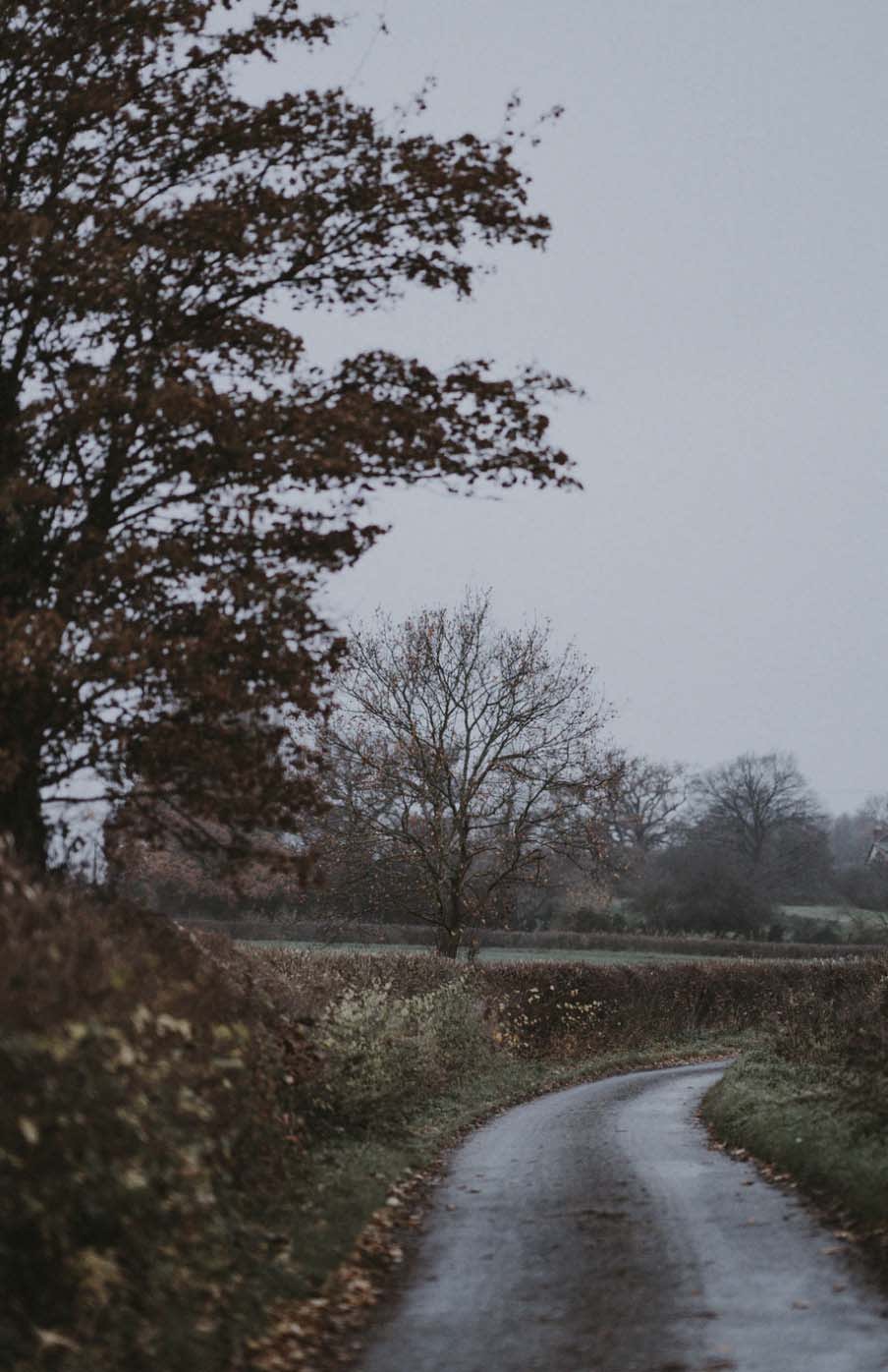

If you want to go foraging for Sloes, you’ll need good sturdy boots, long-sleeved shirts and long trousers that will also protect from any errant thorns or nettles. Bring a Tupperware box to put the bounty in, too, or line your bag with something, as it’ll stain.
To state the obvious, you should avoid patches that are next to busy roads or places that have likely been sprayed with pesticides.
Most importantly, you need to be absolutely certain of what you are actually picking. It’s important to take a moment to properly identify the berries / bush before you start plucking.
Don’t forget that sloes are a good winter food for birds and mammals, so leave some behind – don’t ever strip a bush bare and be sure to be very conscious about what you disturb, move or push out of the way to have a minimal impact on the environment you’ve just profited from (especially on the ground as many small animals nest in there and a pair of boots can trash a nest easily).
Treat it like a wildlife sanctuary even if the wildlife in question may not be obvious to you.
We’re just going to say it here once – if you do not recognise a berry as being one of the edible ones DON’T PUT IT ANYWHERE NEAR YOUR MOUTH. Things like Tutsan and Ivy berries confuse some people as they look dangerously similar – purple, round and can seem damson-esque.
Plucking the wrong berry will almost certainly lead to a day close to the toilets, and most likely result in you needing to go and see the doctor if you’ve consumed a handful.
Some good tips for foraging responsibly can be found on these sites.
